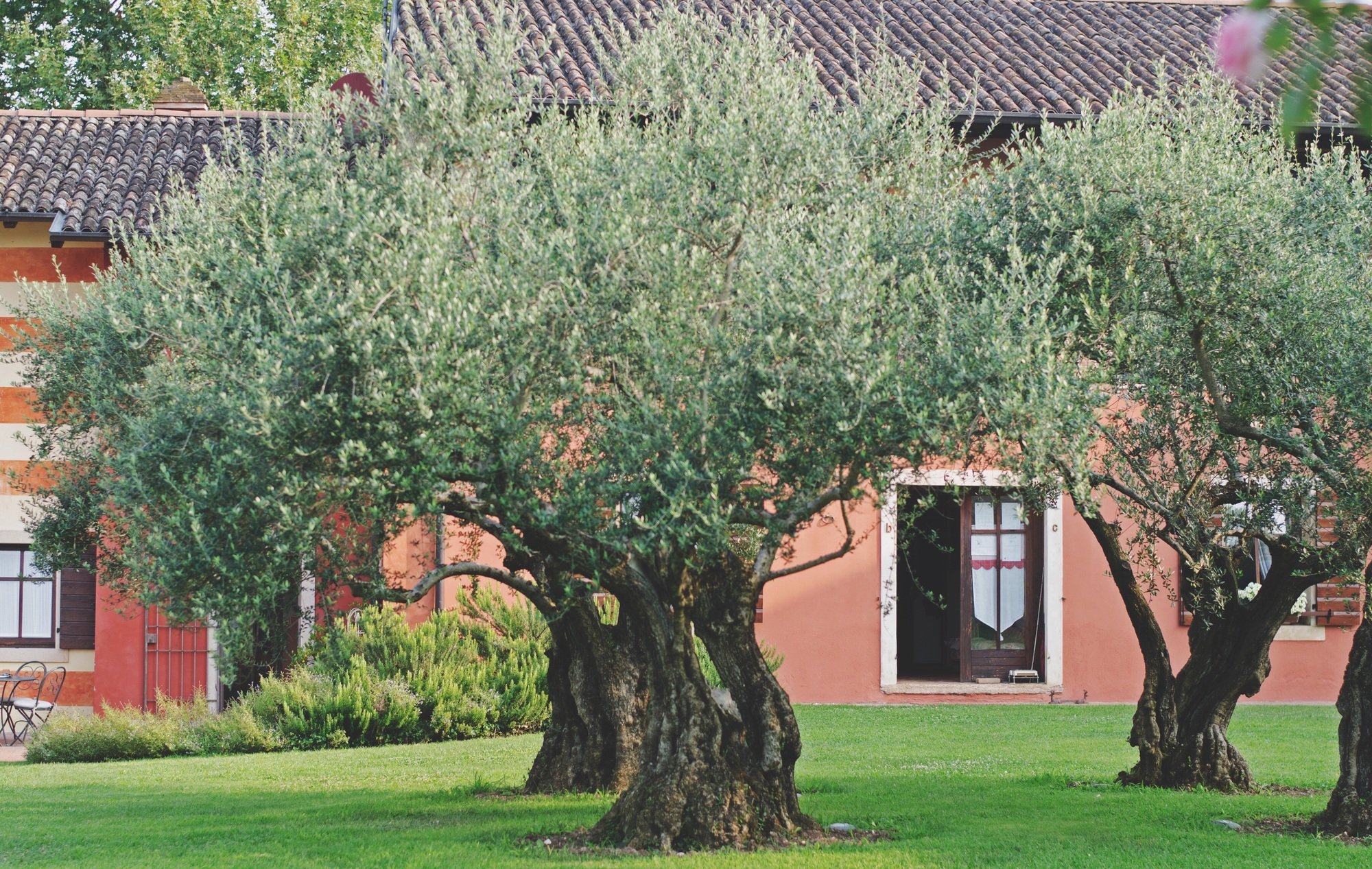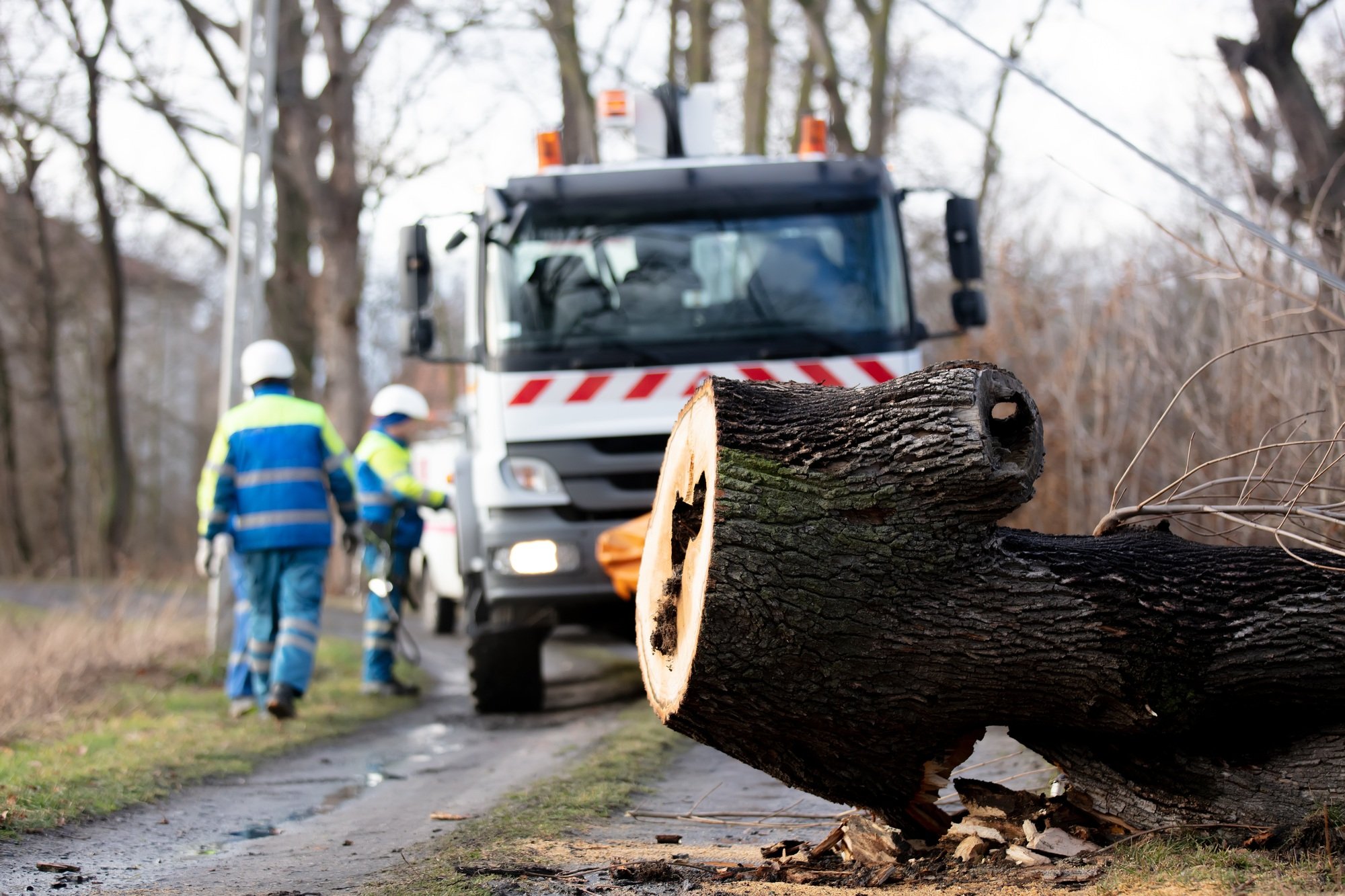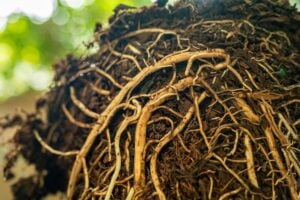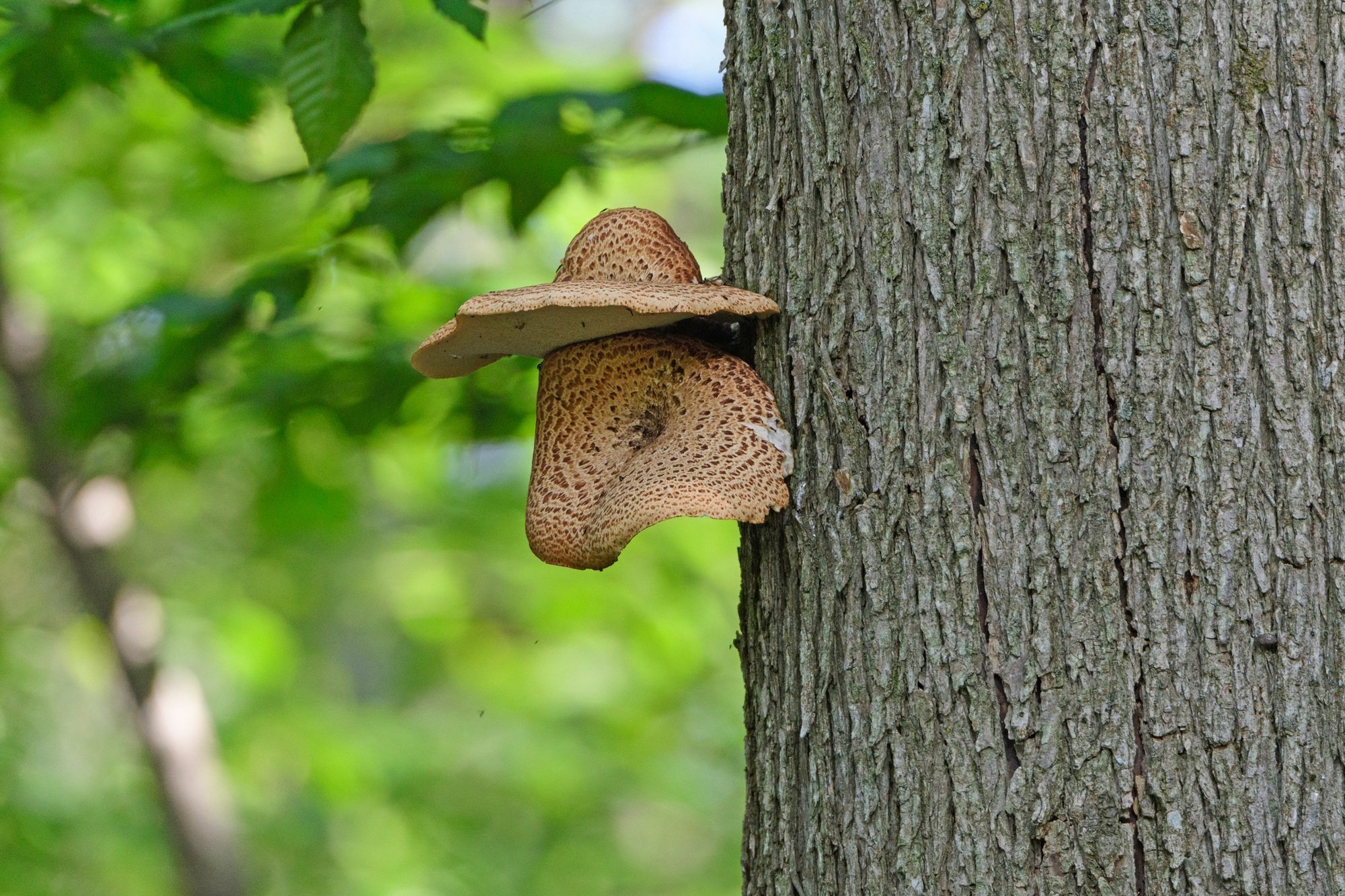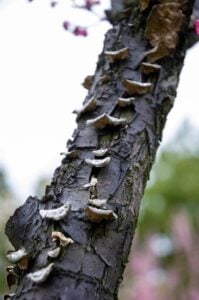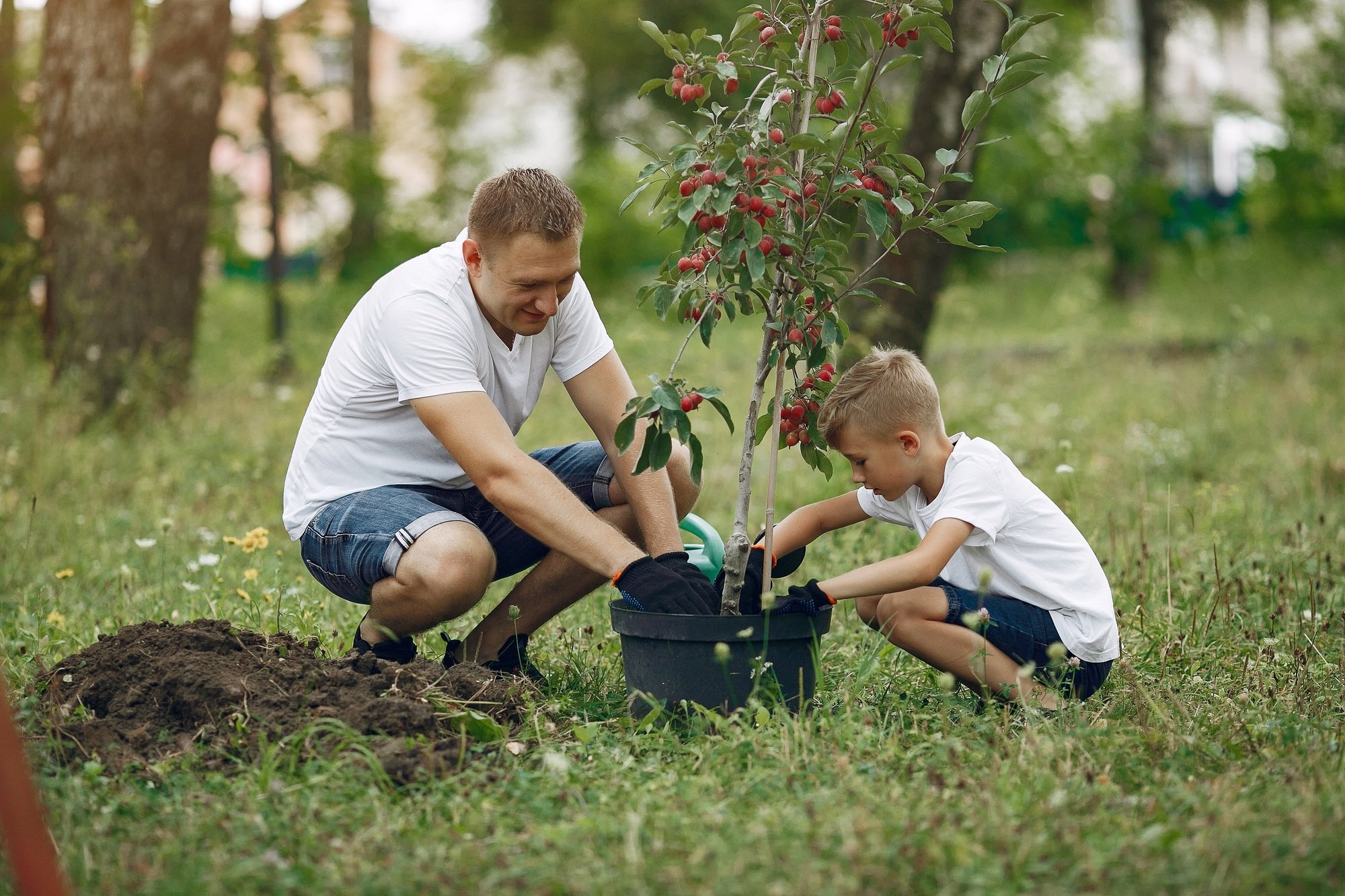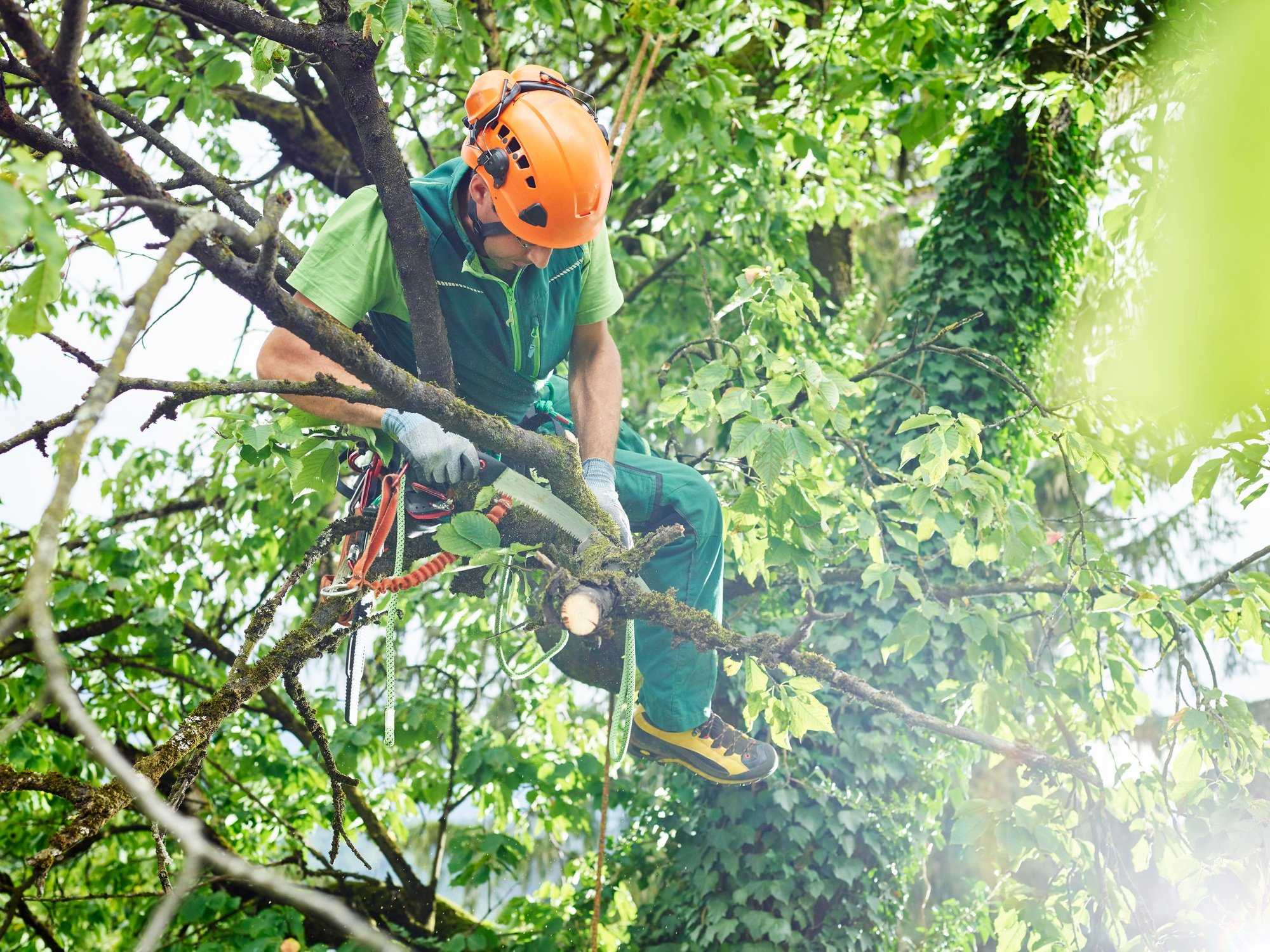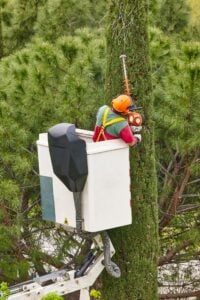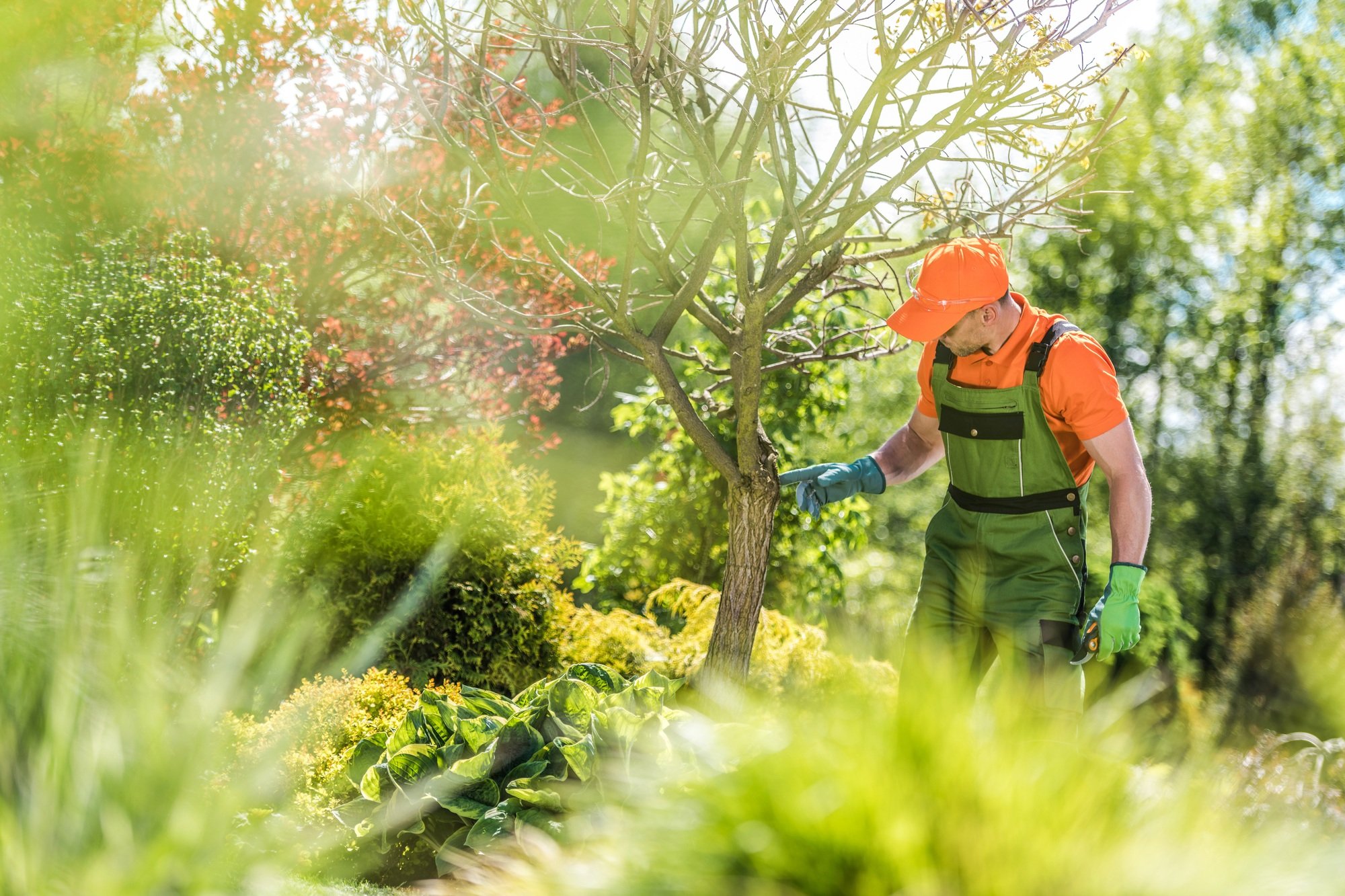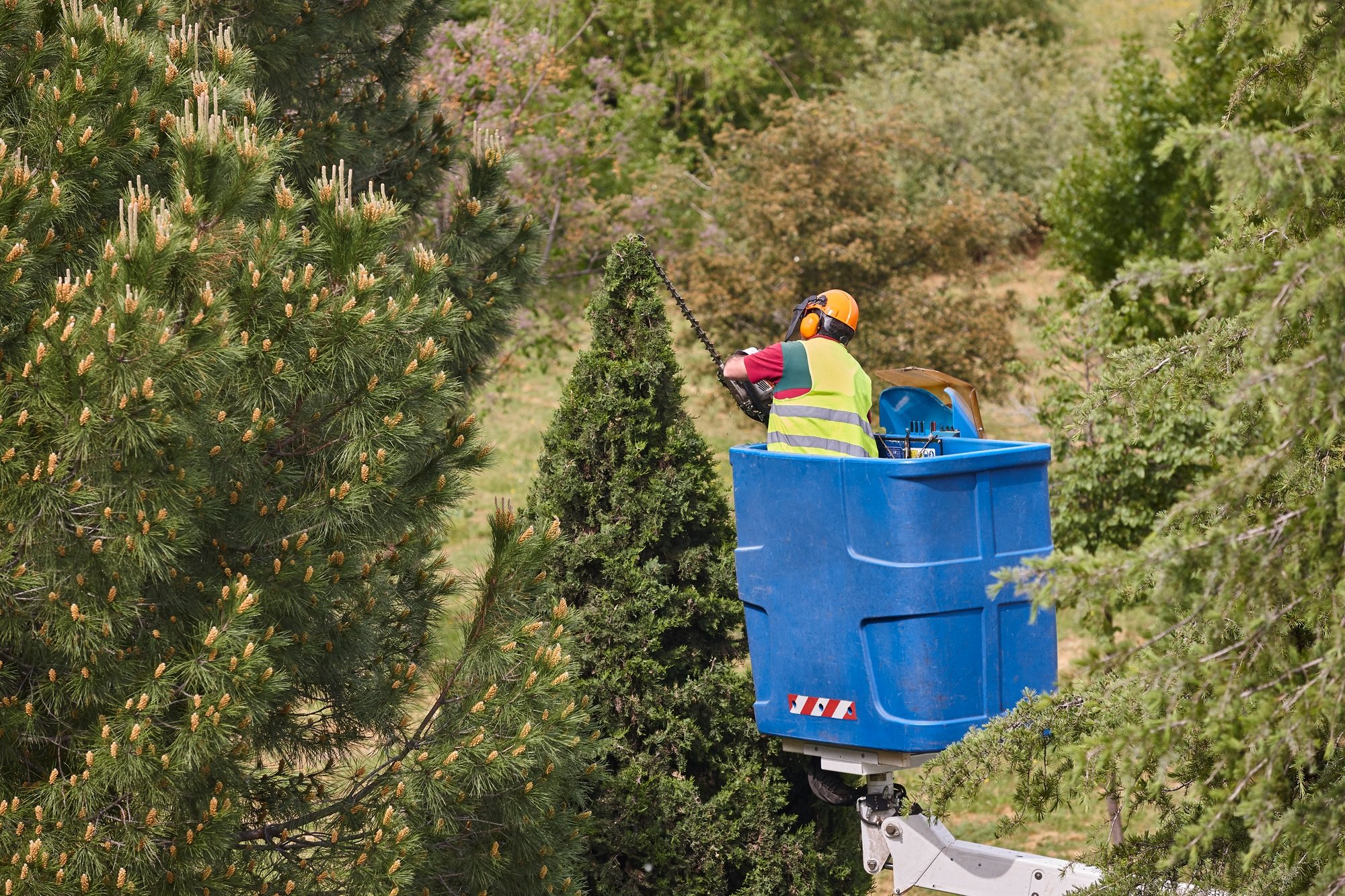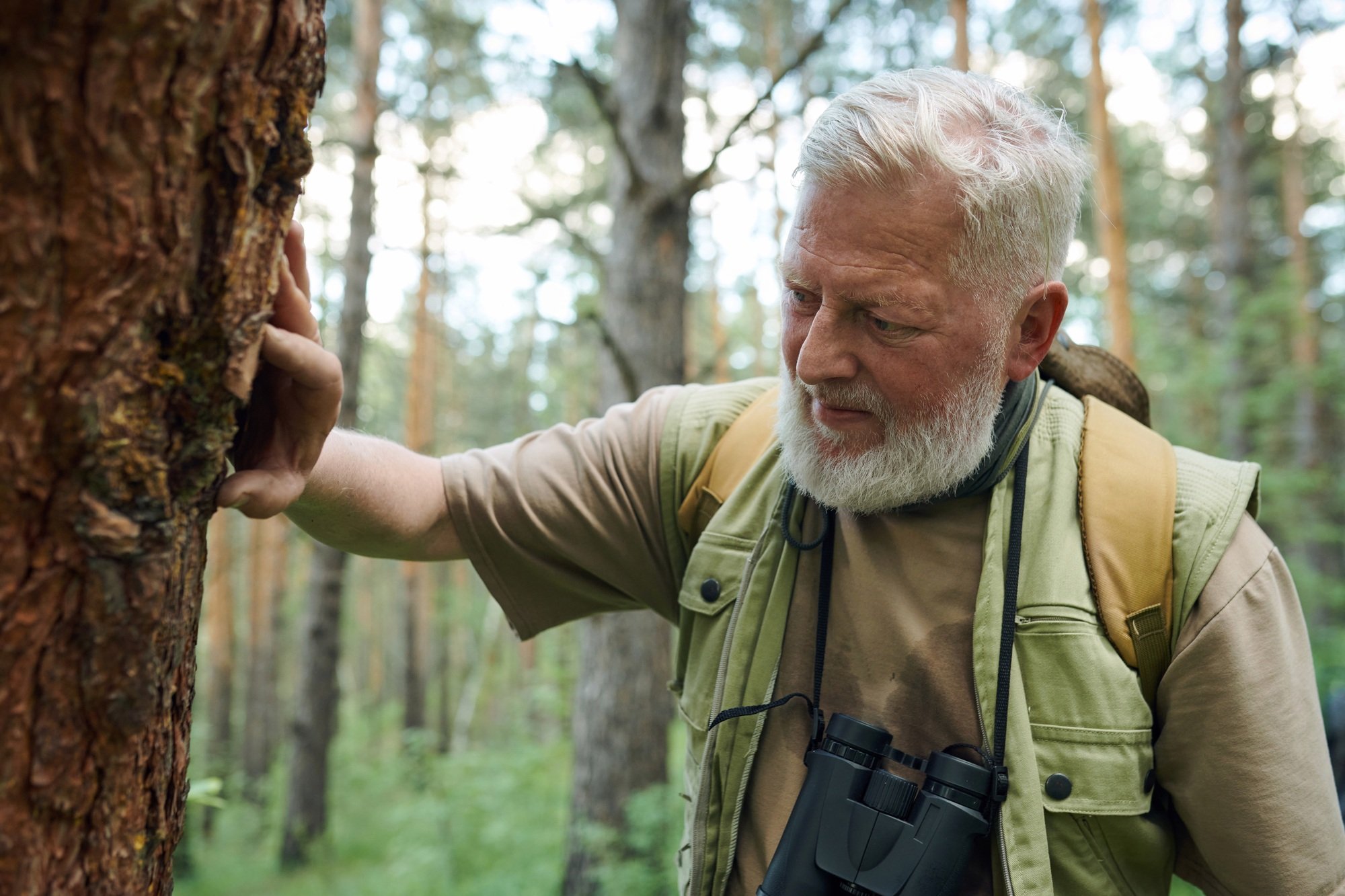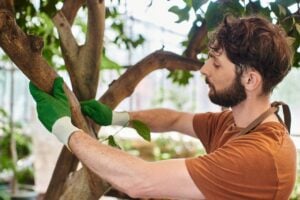Tree Nutrition: How Urban Environments Dramatically Impact Growth
Urban trees bring life, beauty, and ecological value to our cities, but maintaining their health is no easy task. One of the most overlooked aspects of urban tree care is tree nutrition—the vital balance of nutrients required to keep trees thriving. Unlike forest trees that grow in nutrient-rich, undisturbed soil, urban trees face several challenges that affect nutrient availability, root development, and overall tree health in cities.
At American Tree Experts, we understand the unique hurdles urban trees face, especially in areas like Montclair, New Jersey. From soil compaction in urban areas to nutrient cycling disruption, our team is here to ensure your trees receive the support they need through proper nutrient management and care.
The Importance of Urban Tree Nutrition
Urban environments aren’t naturally suited for tree growth. Trees in forests benefit from a constant cycle of decaying organic matter, microbial activity, and ample space. Urban trees, however, are often planted in restricted spaces, surrounded by impervious surfaces, and exposed to pollutants and physical disturbances.
Without proactive tree maintenance in cities, urban trees may suffer from tree nutrient deficiencies, reduced vigor, and increased vulnerability to pests, diseases, and environmental stress.
Key Urban Environment Effects on Trees
1. Soil Quality in Urban Areas
Urban soils are often heavily altered, stripped of organic layers, and filled with construction debris. This leads to:
- Organic matter depletion.
- Lack of microbial activity in urban soil.
- Heavy metal contamination in soil.
These factors degrade soil structure and nutrient availability for urban trees, making it difficult for roots to absorb essential minerals like nitrogen, phosphorus, and potassium.
2. Soil Compaction in Urban Areas
Frequent foot traffic, construction equipment, and vehicles compact the soil, reducing pore space and oxygen levels. Compacted soil limits:
- Root growth.
- Water infiltration.
- Nutrient uptake.
Even moderate soil compaction in urban areas can create serious barriers to urban tree nutrition.
3. Root Space Limitations
Urban trees often grow in confined pits or sidewalk cutouts, restricting root expansion. Limited root zones can lead to:
- Tree root damage from infrastructure.
- Poor anchorage.
- Reduced access to nutrients and water.
Without sufficient root space, even regular fertilization may not effectively reach the parts of the tree that need it most.
Environmental Stressors Impacting Urban Tree Health
4. Urban Heat Island Effect on Trees
Cities retain more heat than surrounding rural areas, raising ambient temperatures. The urban heat island effect on trees accelerates respiration and increases nutrient demand, placing urban trees under constant stress.
5. Air Pollution and Tree Growth
Vehicle emissions and industrial pollutants can interfere with photosynthesis and cause nutrient cycling disruption. Pollutants like ozone and sulfur dioxide can damage leaves and alter nutrient absorption patterns.
6. De-icing Salt Effects on Trees
Common in New Jersey winters, road salt can accumulate in nearby soils and affect tree health in cities by:
- Displacing essential nutrients like potassium and calcium.
- Causing leaf scorch and die back.
- Altering soil pH and microbial balance.
7. Stormwater Runoff and Tree Health
Stormwater carries contaminants and can cause waterlogging or erosion in tree pits. Fast-moving runoff washes away nutrients before trees can absorb them, leading to water stress in urban trees.
Solutions: Improving Nutrient Availability for Urban Trees
Fertilization of City Trees
Professional fertilization helps replenish depleted nutrients and counteract nutrient cycling disruption. At American Tree Experts, we customize fertilization plans to address:
- Soil test results.
- Tree species.
- Seasonal needs.
- Environmental stressors.
Urban Soil Amendments
Adding compost, mulch, and organic fertilizers improves soil structure and microbial health. These urban soil amendments support:
- Better water retention.
- Nutrient availability.
- Root development.
Strategic Tree Maintenance
Regular pruning, bracing, and pest management support overall tree health, allowing trees to focus their energy on nutrient uptake and growth rather than fighting off infections or repairing structural damage.
Case Study: Tree Recovery in Montclair, NJ
One of our clients in downtown Montclair had several mature maples showing signs of tree nutrient deficiency—yellowing leaves, sparse canopies, and reduced growth. Our team performed a thorough soil analysis and found compaction, low organic matter, and salt contamination.
We implemented:
- Deep root fertilization.
- Soil decompaction with air tools.
- Compost and biochar amendments.
- A structured watering schedule.
Within one growing season, the trees showed visible improvement, with fuller canopies and new growth—a testament to how proper nutrient management can transform stressed urban trees.
Contact American Tree Experts for Tree Nutrition Solutions
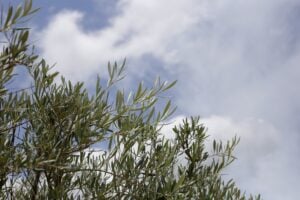
Healthy urban trees require more than water and sunlight—they need proactive, professional care tailored to the complex challenges of city environments. If your trees in Montclair, NJ or the surrounding areas are struggling, let our experts assess their nutritional needs and provide long-term solutions. Call American Tree Experts today at (973) 744-6091 or email us at am*******************@***il.com to schedule a consultation.

